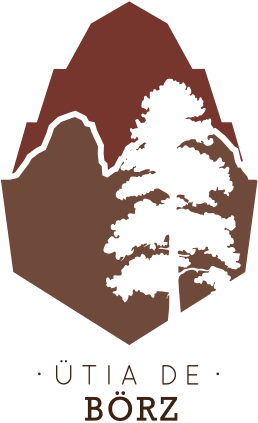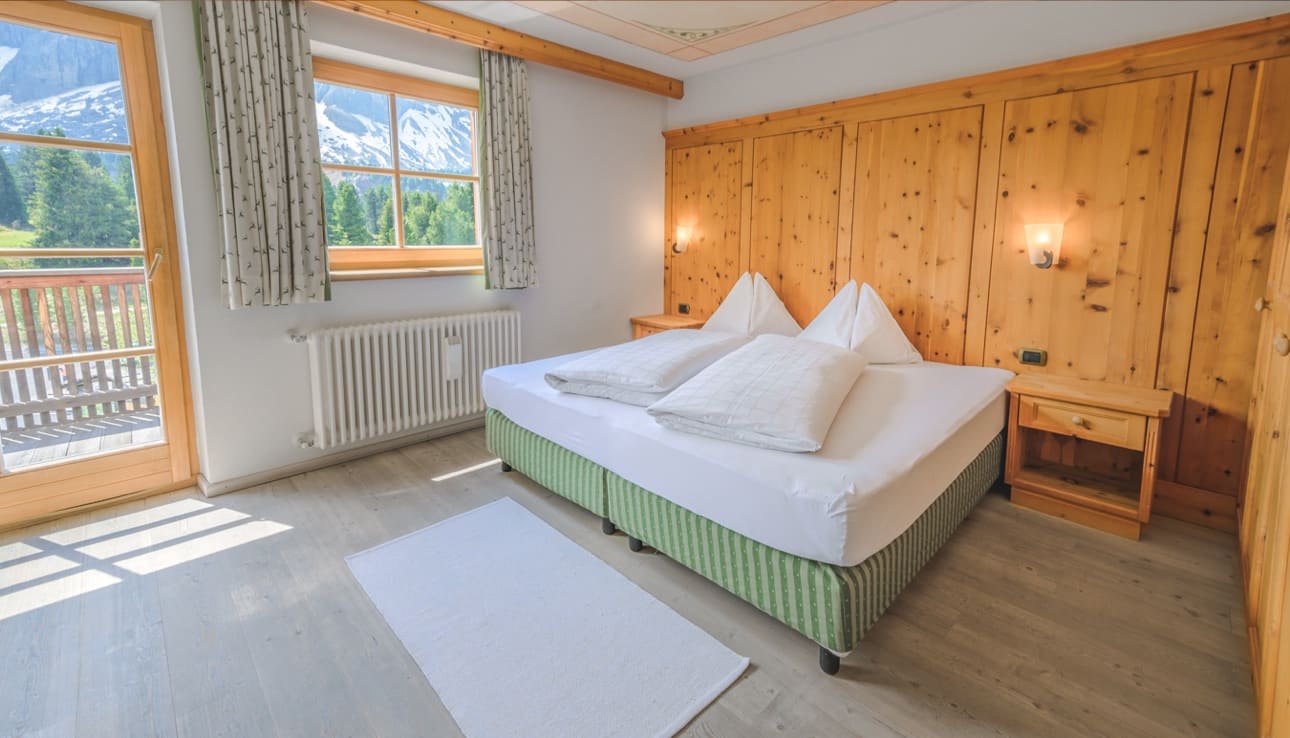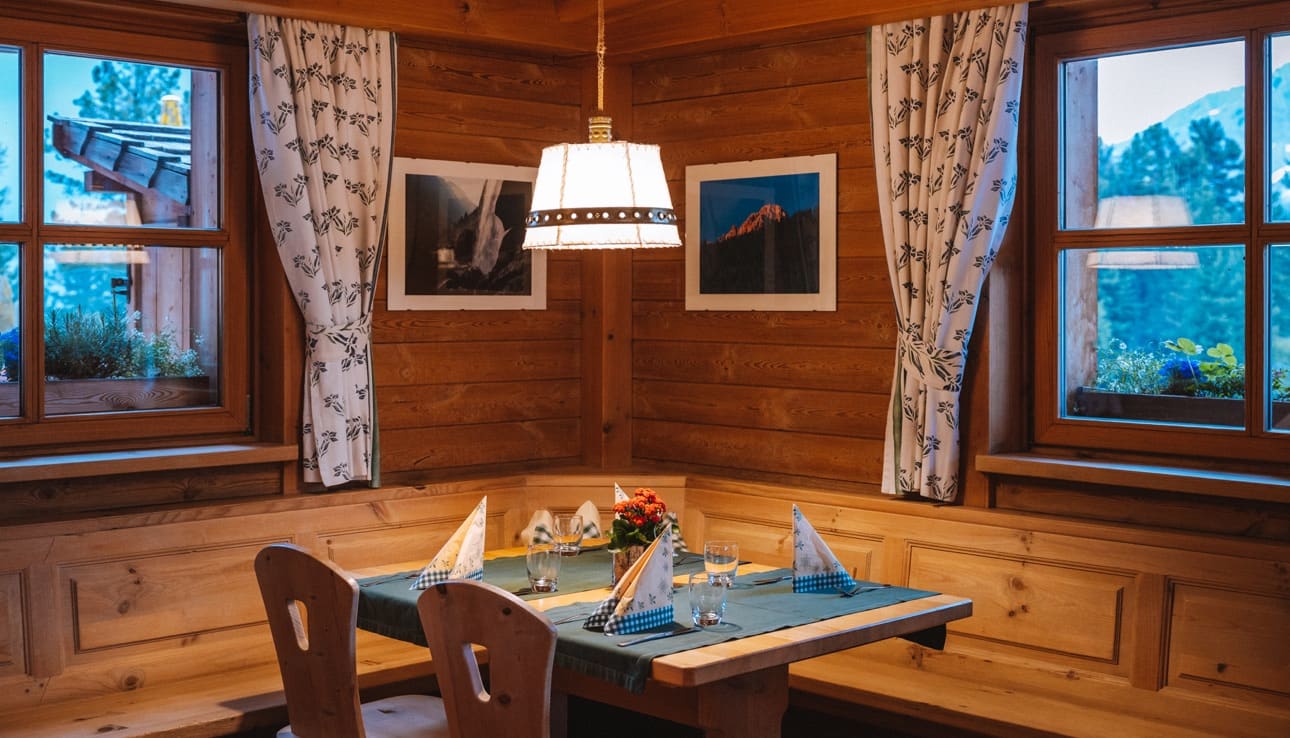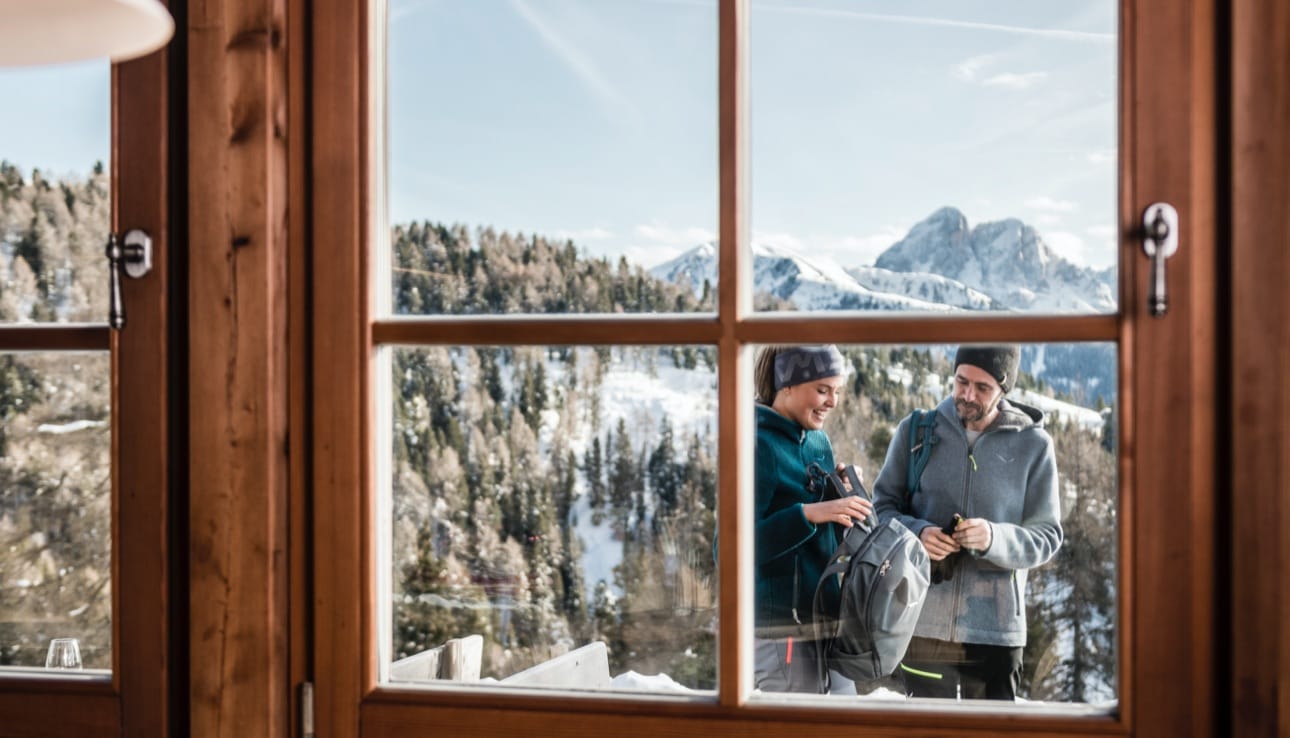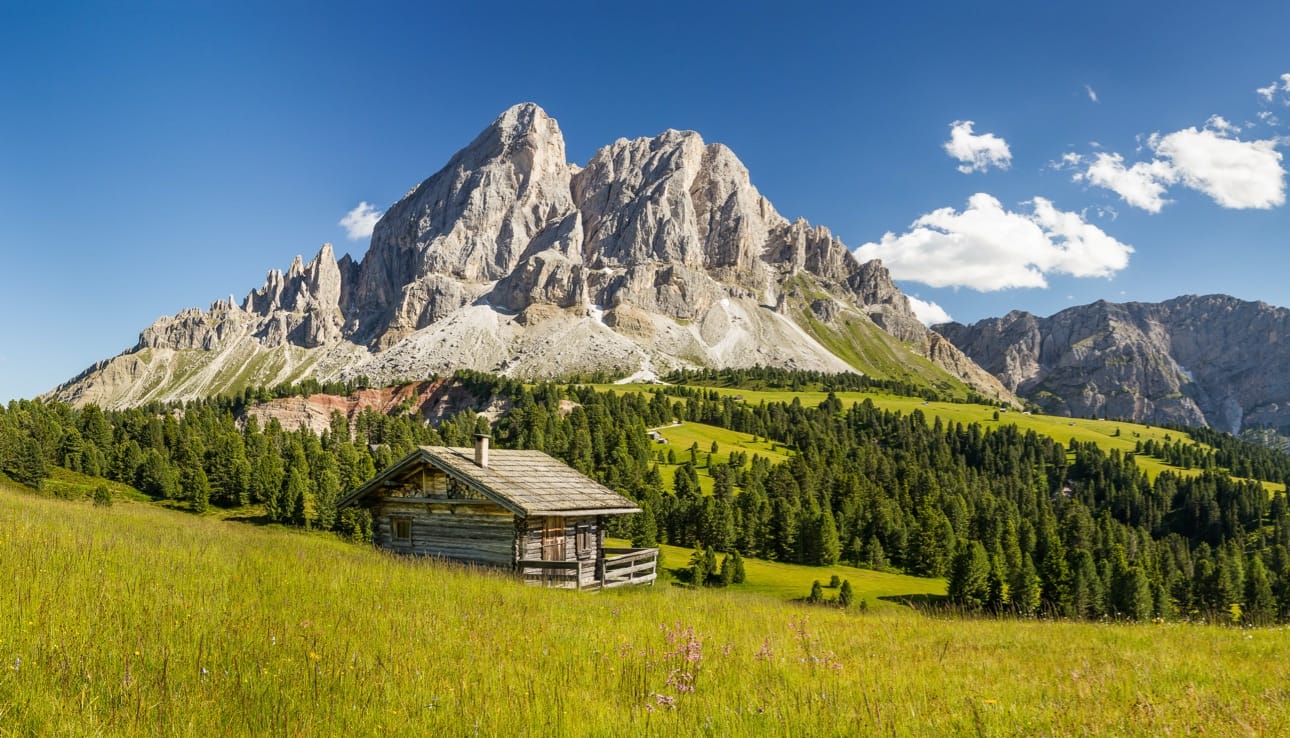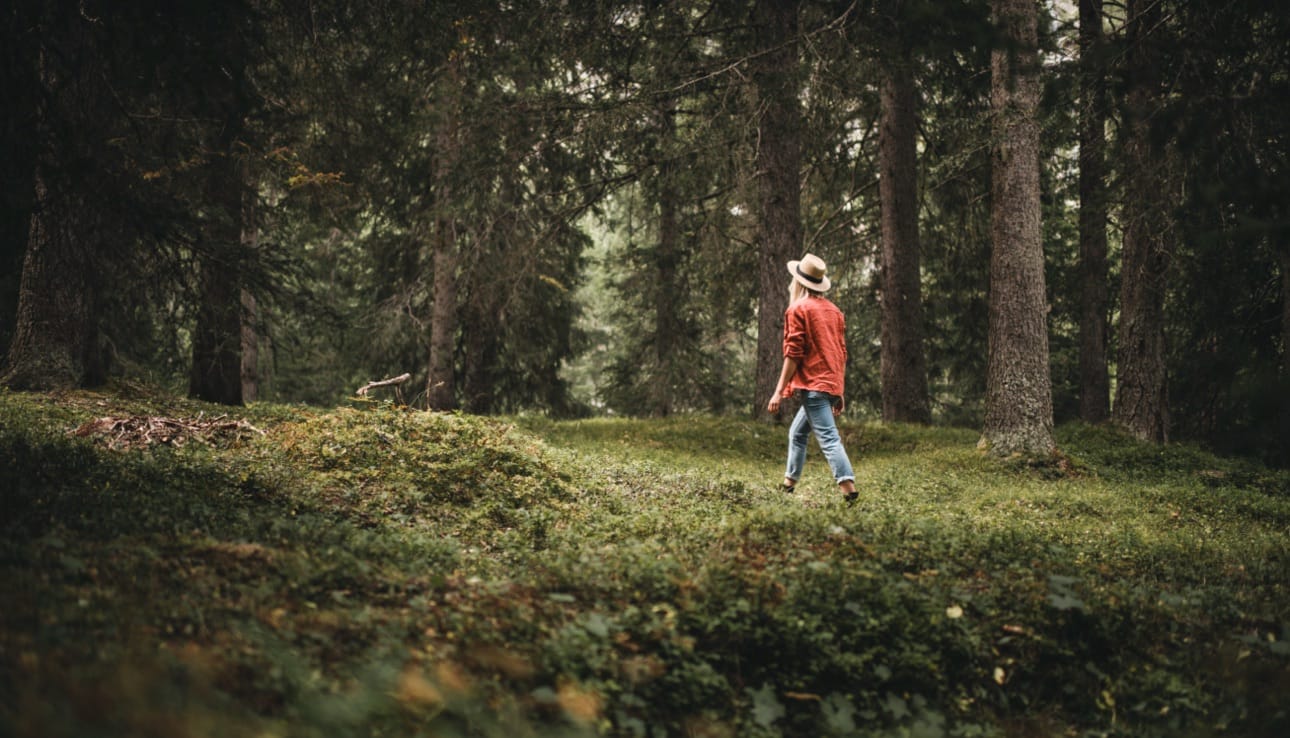The Ladins, people of the DolomitesDiscover our language, legends and traditions
The Ladins are the people who speak the Ladin language, the oldest tongue in the region. It derives from the ancient Rhaeto-Romance, a language born by the meeting between the conquering Romans' Latin and the ancient tongues spoken by the native Rhaetic and Celtic tribes. It was once widely spoken across the Alps to the Adriatic Sea, but, encircled by the powerful rising German and Italian languages on the North and South, it retreated to a few impervious mountain regions in Switzerland (where it is called Romansh), in the Dolomites (Ladin) and in Friuli (Friulian). The Dolomites variant is spoken by 30,000 people spread around the Sella massif.
In the Dolomites it is spoken in five different valleys, each with its own idiom: Val Badia (badiot), Val Gardena / Gherdëina (gherdëina), Val di Fassa / Fascia (fascian), Fodom (fodom), Cortina d'Ampezzo / Anpezo (ampezan). Up until 1918, all Ladins lived within the same borders, those of Austrian Tyrol, but nowadays they are scattered between several administrative regions. Only Val Badia and Gherdëina are in South Tyrol, where Ladin is officially recognized as the third official language of the Autonomous Province, together with German and Italian. As such, Ladin could thrive in these valleys, where it is widely spoken and used in daily communication, work, politics, toponymy, education and media.
Ladin culture blends aspects of northern and southern European heritage, of the Germanic and Latin worlds, and this is evident in its myths and legends, where ancient Amazon goddesses reminiscent of Greek Artemis and Roman Diana meet Alpine totemic marmot tribes, as well as kings and dwarves from Germanic mythology. The same can be said about Ladin cuisine, which features dishes and products typical of Middle-Europa, such as hearty meat dishes, Knödel, Gulasch, Speck, Wurst and potatoes, as well as more Mediterranean dishes such as cajincí (a local kind of ravioli) and pasta courses. A typical blend of these origins can be seen in the Ladin dish par exellence: the turtra, a delicious deep-fried doughnut filled with spinach and curd.
If you want to learn more about the Ladins, their language, their history and myths, we recommend a visit to the Museum Ladin Ciastel de Tor in San Martin de Tor.
Photos: Archive Istitut Ladin
